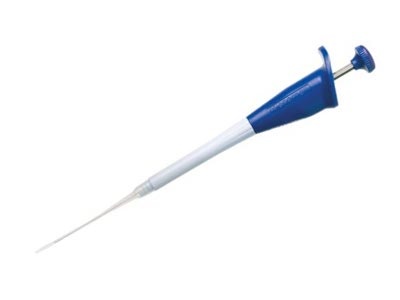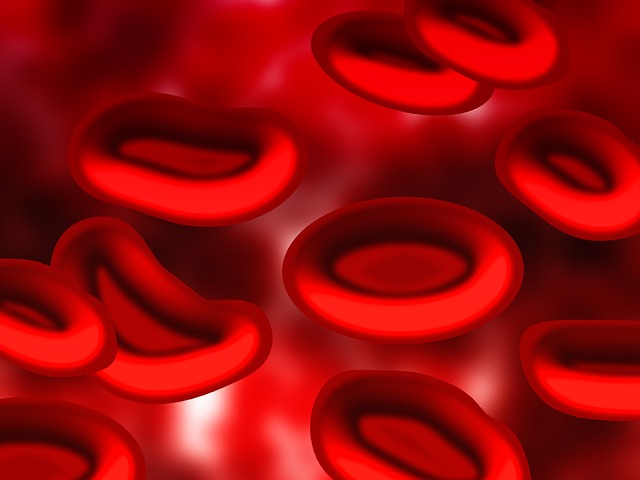Blog

The Reality of Diabetes Reversal
14/11/2019
The conversation around diabetes reversal has increased, and when researching diabetes there are numerous states to this claim, but how realistic is it?
Sadly, diabetes affects a huge number of people worldwide and is responsible for blindness, kidney disease, limb amputation and death. WHO estimates that diabetes was the seventh leading cause of...

Positive Displacement Pipettes
23/08/2019
Although they're not as widely used as air displacement pipettes, positive displacement pipettes offer flexibility and a host of benefits to scientists in a variety of fields
How do they work?A disposable piston moves within the tip, making direct contact with the liquid. The piston then moves upwards, drawing the sample into the tip (No air cushion is present as with air...

Glucose Clamp Technique: Types & Applications
21/08/2019
Glucose clamping has become a standard, widely used technique in researching diabetes treatment as well as obesity and fatty liver studies. We've taken a look at the types and applications of clamp study and their impact on the field.
The Glucose clamp technique was first developed in 1979 by professors at the UT School of Medicine: DeFronzo, Andres and Tobin as a method of measuring insulin sensitivity. DeFonzo et al described...

The Role of Lactate in Sepsis Research
04/08/2019
Sepsis reportedly affects up to 30 million people each year. Lactate levels play a key role in diagnosing the condition and limiting its impact, as well as researching it's progression and developing possible treatments. Here's how.
Sepsis is a medical condition and emergency, the definition of which has proven difficult and is based on fairly recent developments and research. It is the result of an immune response to bacterial...

The Importance of Lactate Testing in Sports and Performance Training
01/08/2019
In fine tuning performance in competitive sports, lactate testing makes the difference, so how can testing lactate thresholds sharpen performance?
To get ahead in sports means dedication, training and a considered diet. Getting these factors right can mean the difference between winning and losing. In fine tuning achievement in competitive...

